- ERASURE BY ANY OTHER NAME.(2023) Data Relations exhibit. Australian Centre of Contemporary Arts (ACCA).
‘慢;正;熱;夜’
‘Slow; Justice; Heat; Night’ – an accompaniment to artist Winnie Soon’s UNERASABLE CHARACTERS Series exhibited at ACCA.
- HAZY DATA DAYS.(2022) With Katta, S., Au, Y., & Neerukonda, M. Parables of AI in/from the Majority World edited by Singh, Ranjit, Rigoberto Lara Guzmán, and Patrick Davison, Data & Society.
Using storytelling and speculative mapping, this piece explores the disparities between how algorithms and delivery drivers understand the world. The work is based on my coauthor’s extensive research of delivery work in South India (particularly of women delivery workers). This work is part of a series from Data & Society which plays with parables as a way of engaging with “the ordinary ethics of tech in the majority world” (Singh, Guzmán & Davison, 2022).
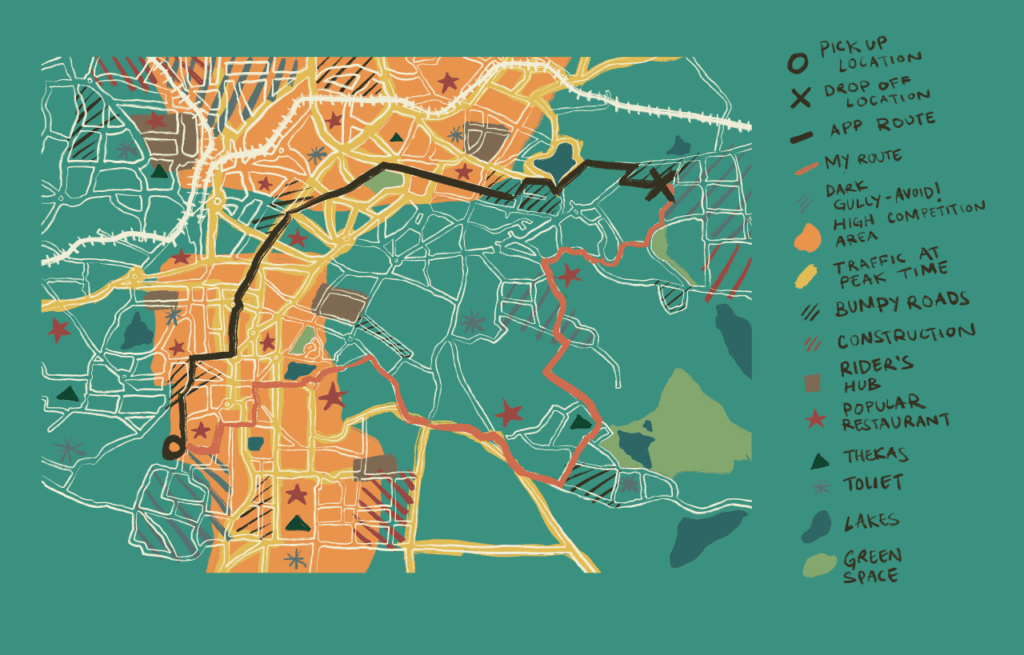
3. EXPORTING AI.(2021) A New AI Lexicon edited by Noopur Raval and Amba Kak. AI Now. New York.
“AI/ML systems are peculiar exports in many ways.”
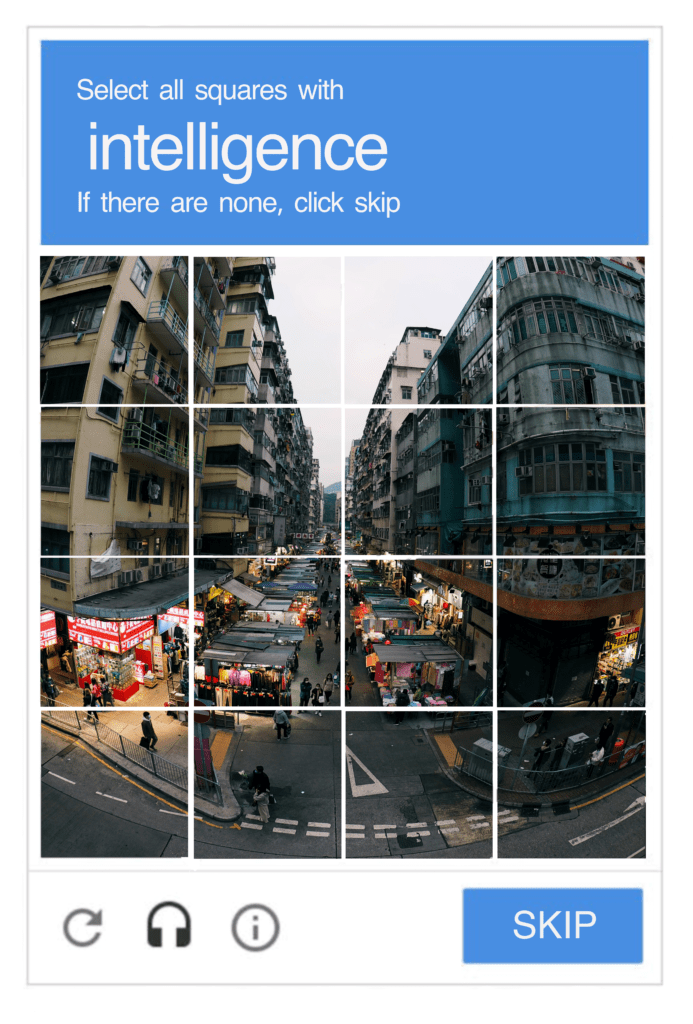
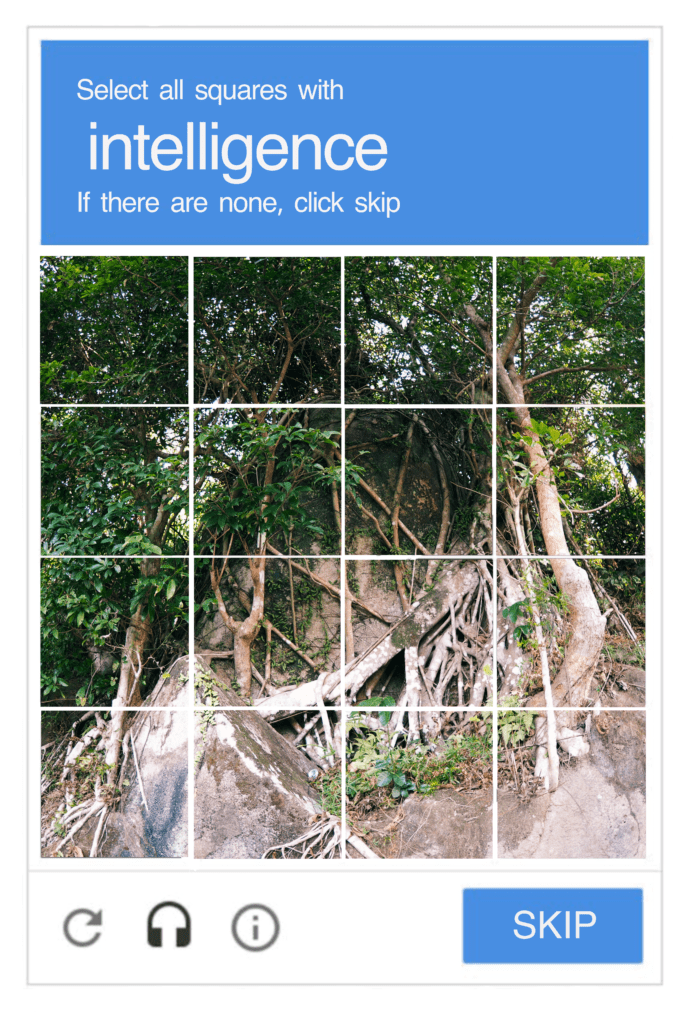

4.Surveillance in the Third Millennium.(2021) Special Issue on Surveillance Stories edited by Bryce Newell & Susan Cahill. Surveillance & Society. 425-440.
What will our surveillant futures look like? This piece prods at this nebulous question by taking an exaggerated look at what would happen if we continued down the pathways to a hyper-datafied society that valued optimisation and quickness above all else.
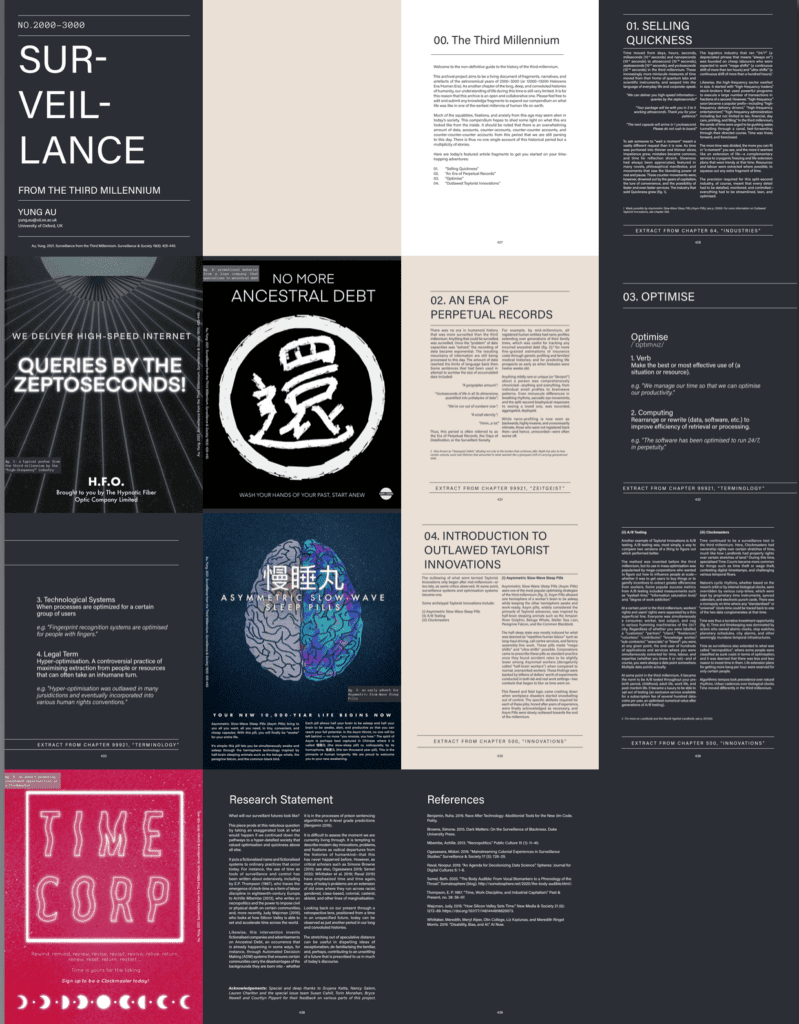
5. Thinking Critically About Maps.(2021) Exposing the Invisible Series by Tactical Tech.
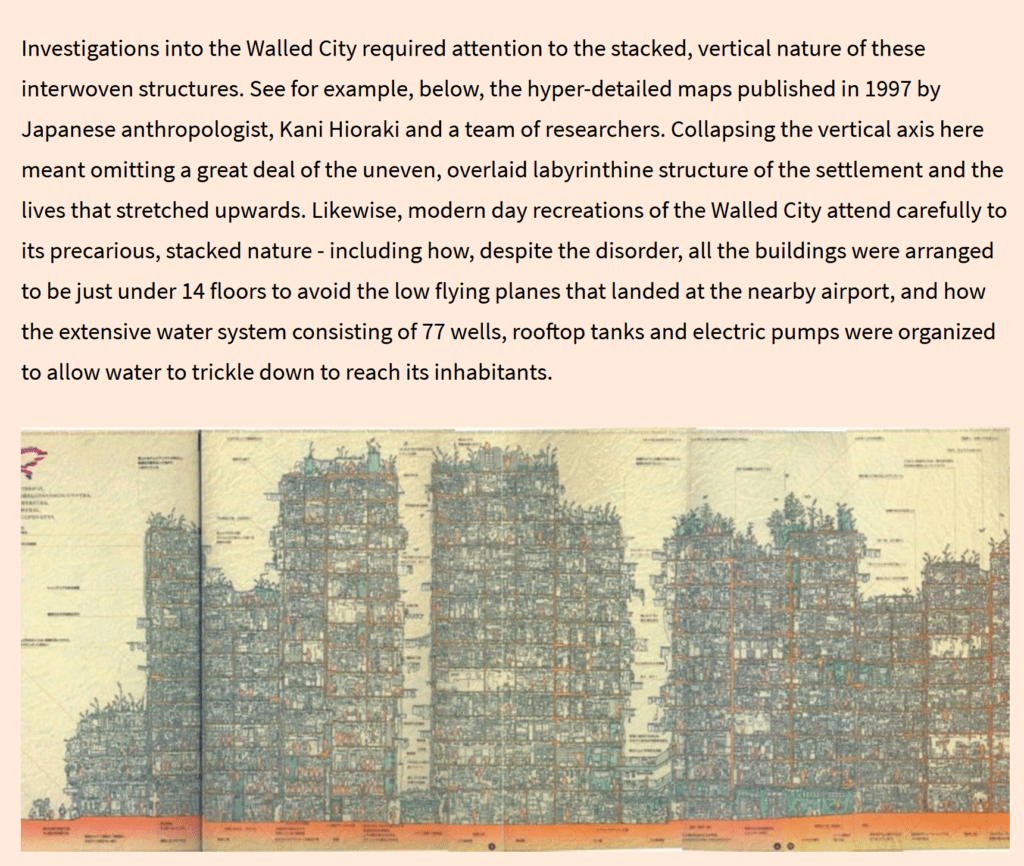
“Thinking critically about maps is not just about being conscious of potential harms and biases, but is also away of investigation itself. New insights, perspectives and vantage points are gained when we challenge dominant perspectives about geographies”
6. The Un-Racist City of Zail. (2021) Algowritten the MozFest Short Story Collection edited by David Jackson and Marsha Courney
Algorithmic systems inherit the inclinations of their makers, data, and the world in which they are shaped in. This piece takes interest in the machine’s imaginations of alternative worlds where the story starts in a default, ready-made “cyberpunk” prompt of AI Dungeon: you are Yat, a Cyborg in a distant world. Wendy Chun wrote about the under-examined racialised structures that shaped cyberpunk and post-humanist visions over a decade ago. How does this look like in our AI-assisted narratives today?